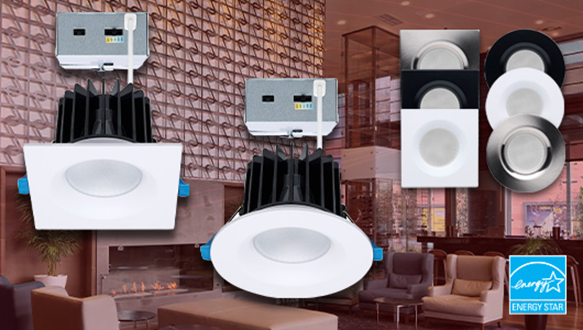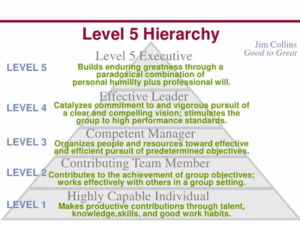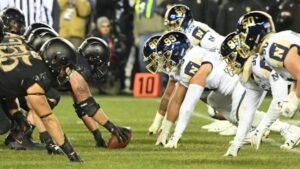US Open Set Up for Dark Sky-Friendly Outdoor Lights by Adithi Ramakrishnan
 When the court lights flicker on at the U.S. Open, tennis stars shine under illumination designed to cut light pollution. The U.S. Tennis Association swapped metal halide bulbs for shielded wedge-shaped LED lights. The complex’s 17 tournament courts and five practice courts were approved as dark sky-friendly last year. Most arenas make the change during scheduled maintenance and renovation, working with sports lighting company Musco. The company lights over 3,000 venues a year including college football stadiums, tennis courts and rail yards. US Open Set Up for Dark Sky-Friendly Outdoor Lights – tEDmag
When the court lights flicker on at the U.S. Open, tennis stars shine under illumination designed to cut light pollution. The U.S. Tennis Association swapped metal halide bulbs for shielded wedge-shaped LED lights. The complex’s 17 tournament courts and five practice courts were approved as dark sky-friendly last year. Most arenas make the change during scheduled maintenance and renovation, working with sports lighting company Musco. The company lights over 3,000 venues a year including college football stadiums, tennis courts and rail yards. US Open Set Up for Dark Sky-Friendly Outdoor Lights – tEDmag





